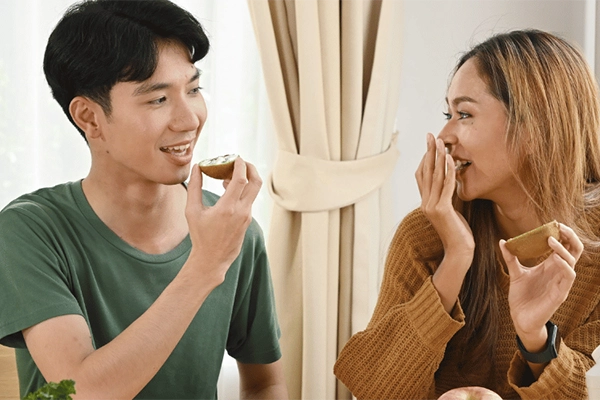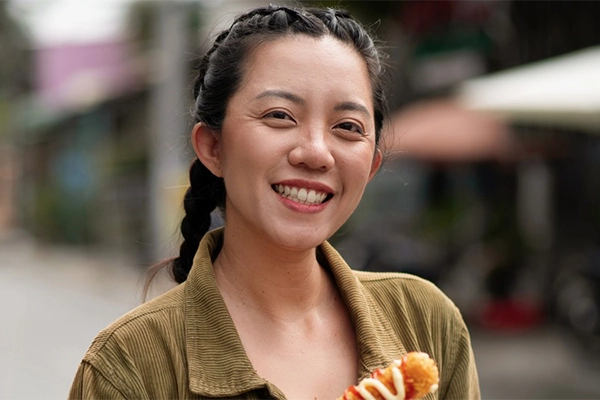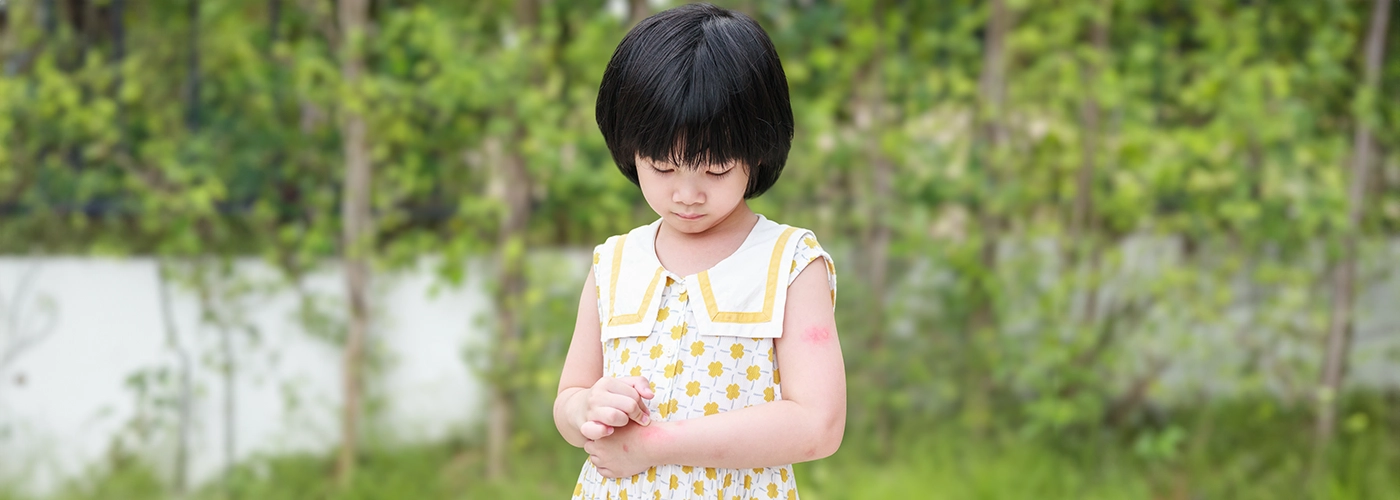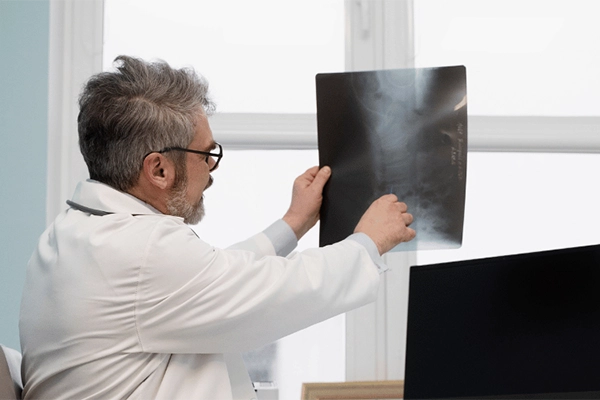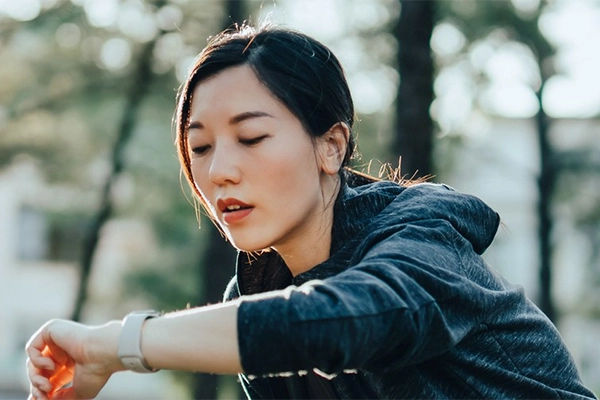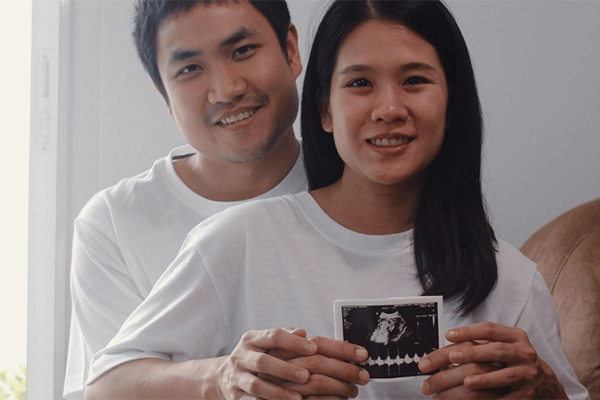Topics
What is chickenpox?
Chickenpox is a highly contagious disease caused by varicella-zoster virus. It is characterised by an itchy rash resembling blisters, which initially emerges on the chest, back, and face before spreading throughout the body.
This illness can pose significant risks, particularly for pregnant women, infants, teenagers, adults, and individuals with compromised immune systems.
How does chickenpox spread?
Chickenpox spreads primarily through respiratory droplets when an infected person coughs or sneezes. It can also spread through direct contact with the rash or fluid from the blisters of an infected person.
A pregnant woman infected with chickenpox can transmit the virus to her baby before birth through the placenta. After birth, if a mother has active chickenpox lesions, she can transmit the virus to her newborn through close contact or respiratory droplets.
Typically, the average incubation period for a varicella (chickenpox) infection spans from 14 to 16 days, although it can vary from 10 to 21 days. The period during which an infected individual is contagious usually begins about 48 hours before the rash appears and continues until all the skin lesions have formed crusts.
What are the symptoms of chickenpox?
The most common sign of chickenpox is an itchy rash, typically appearing 10 to 21 days after exposure.
Before the rash emerges, the child may experience other symptoms that can last a few days, such as:
- Fever
- Intense tiredness
- Headaches
- Decreased appetite
The hallmark symptom of chickenpox is a rash characterised by itchy, fluid-filled blisters that progress to scabs over time. Initially, the rash may appear on the chest, back, and face before spreading to other parts of the body, such as inside the mouth, eyelids, or genital area. The entire process of blister formation to scabbing typically takes around one week.
Your child may remain contagious until all the blisters on the body have scabbed, after which the crusty scabs eventually fall off.
Why does chickenpox itch?
Once the red spots appear on the child’s body, they quickly fill up with a clear liquid. These liquid-filled blisters, in turn, release chemicals into your skin, giving an itching sensation.
What stage of chickenpox is itchy?
In most cases, itching happens once the blisters and red spots appear on the skin (stage 2).
How long does the itching last in chickenpox?
The itching can last several days to weeks until the blisters scab over and heal completely.
Chickenpox can present with new spots appearing in waves for three to five days after the initial rash begins. This means that different groups of spots may be at various stages of blistering or drying out simultaneously.
How is chickenpox managed?
Chickenpox is typically managed through supportive care to alleviate symptoms and prevent complications. Here are some common management approaches:
- Getting plenty of rest helps the body fight the infection and promotes faster recovery.
- Ensure that your child is well hydrated to compensate for the loss of fluids. Offer your child plenty of fluids.
- Over-the-counter medications such as paracetamol can help relieve fever and pain whereas antihistamine to relieve itchiness.
- Topical treatments such as calamine lotion or colloidal oatmeal baths can soothe the skin and help relieve itching.
- Avoiding scratching the blisters to prevent secondary bacterial infections and scarring.
- Since chickenpox is highly contagious, infected individuals should be isolated and avoid contact with others, especially newborn babies, pregnant women, and individuals with weakened immune system, until all blisters have crusted over.
Why is scratching chickenpox blisters discouraged?
Although chickenpox is a common childhood illness, the discomfort associated with a relentless itch can frustrate both children and parents. Scratching not only intensifies the discomfort but can also lead to several risks and complications:
- Risk of infection: Scratching can break the skin, creating open wounds that are susceptible to bacterial infection. Bacterial infections can occur as a complication of chickenpox and may require additional treatment with antibiotics.
- Scarring: Scratching can lead to scarring, especially if the blisters are repeatedly irritated or if they become infected. Scars may persist long after the chickenpox infection has resolved.
- Discomfort: Scratching can worsen itching and discomfort, leading to prolonged symptoms.
How to relieve chickenpox itching?
Once your child is affected by chickenpox, dealing with the relentless itch is a top priority for most parents. But how can you convince a young child to resist that overwhelming itch?
Oatmeal baths
Colloidal oatmeal helps to calm irritated skin and provides relief from itching. Taking a bath in water mixed with ground oats, baking soda, or a commercial oatmeal product, can help to ease the itching.
- Fill a bathtub with lukewarm water.
- Add colloidal oatmeal, which is finely ground oatmeal specifically made for baths. This is available at most pharmacies.
- Thoroughly stir the water to ensure the oatmeal is evenly distributed.
- Have your child soak in the tub for a few minutes.
- Wipe with a soft cloth after the bath.
- Repeat this as often as needed to ease discomfort.
Calamine lotion
Calamine lotion has a cooling effect and can help reduce the urge to scratch.
- Shake the bottle thoroughly before applying.
- Dab a small amount of calamine lotion onto a cotton ball or pad.
- Gently apply it to the itchy areas on your child’s skin.
- Allow it to air dry.
- Reapply whenever needed.
Petroleum jelly
Applying a fine layer of petroleum jelly can help keep the skin moisturised and create a barrier, preventing further itching.
- Make sure your child’s skin is clean and dry.
- Apply a small amount of petroleum jelly to the itchy areas.
- Gently rub it in until it is absorbed.
- Reapply whenever needed.
How to prevent your child from scratching chickenpox blisters?
It is essential to ensure that your child does not scratch the affected areas to avoid scarring and risk of infections. Consider the following pointers:
- Use nail clippers designed for children to trim your child’s nails, which helps prevent breaking the skin from scratching and reduces the risk of infection.
- Consider using mittens or socks on your child’s hands, especially for younger children who may not fully understand the consequences of scratching.
- Dress your child in loose-fitting clothing made from cotton or other breathable fabrics to help reduce irritation.
- Use positive reinforcement as a motivational tool. Encourage your child to avoid scratching by offering rewards or incentives.
When to seek medical attention for chickenpox itch?
Although chickenpox can be well managed with home remedies and over-the-counter prescriptions, there are specific situations in which you should seek immediate medical attention for your child.
- Increased redness around the blisters that is more prominent.
- Pus or discharge from the blisters.
- Significant swelling at the affected areas.
- Severe and relentless itching despite home remedies and over-the-counter medications.
- Worsening of symptoms.
Is chickenpox preventable?
Vaccination is a safe and effective way to protect against the varicella-zoster virus and its associated complications.
The chickenpox vaccine is usually administered in two doses:
- The first dose at around 12-18 months of age.
- The second dose at 4-6 years of age.
For older children, two doses required with 4-8 weeks interval.
Make an appointment at Pantai Hospital
For further information regarding chickenpox vaccination, get in touch with us to book an appointment today for a consultation, or visit our Paediatric Care Department at your nearest Pantai Hospital.
Pantai Hospitals have been accredited by the Malaysian Society for Quality in Health (MSQH) for its commitment to patient safety and service quality.

